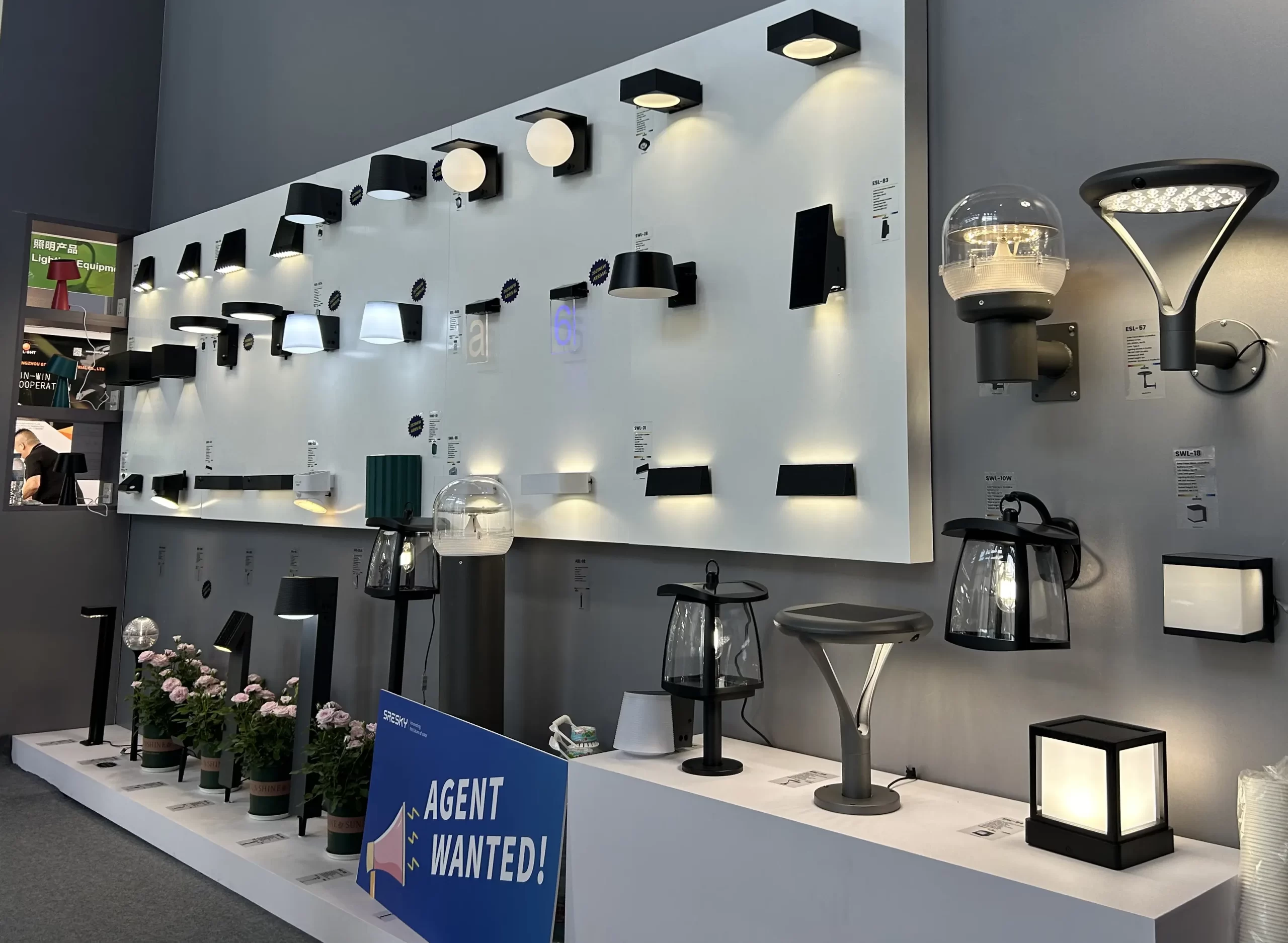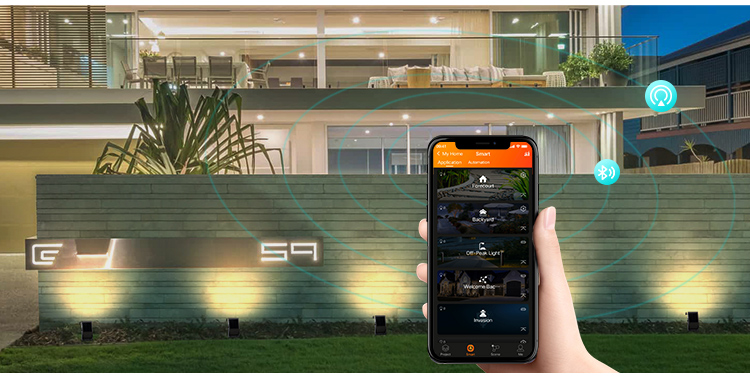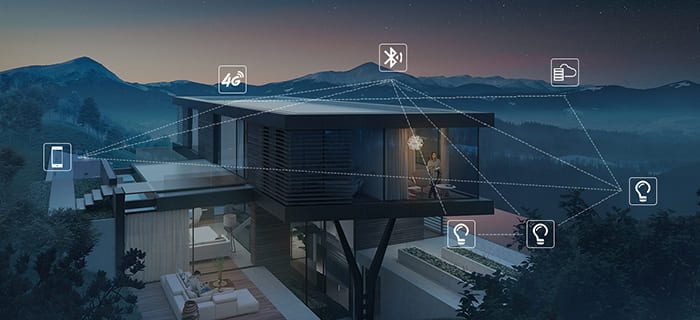Abstract: As the global sustainable development agenda deepens, the lighting industry is undergoing an unprecedented green transformation. Leading green building certifications, stringent low-carbon regulations, and proactive energy-saving incentive mechanisms in Europe and the US are fundamentally reshaping procurement standards and technical preferences for lighting products. Customers such as real estate developers, municipal engineering units, and commercial and hospitality operators are increasingly influenced by these shifts. This article explores the key regulatory trends, analyzes evolving market priorities, and highlights how Sottlot leverages its innovative solar lighting solutions to empower clients worldwide in achieving their sustainability goals.
As the world collectively advances toward a carbon-neutral future, every industry is undergoing profound change—and lighting is at the forefront. Once evaluated primarily for luminous efficacy and cost, lighting procurement must now align with broader considerations: sustainability, environmental responsibility, and long-term economic value. For large-scale engineering or commercial projects, choosing lighting solutions that meet these new standards is no longer optional; it is essential for compliance, competitiveness, and corporate social responsibility.
I. Policy Trends: How Are Green Building Certifications and Carbon Neutrality Goals Reshaping Lighting Product Standards?
As global leaders in sustainable development, Europe and the US are setting new benchmarks for the lighting industry. Their regulations raise entry thresholds while guiding innovation.
1. The European Green Deal and Tightening CE Standards
The European Commission’s ambitious European Green Deal targets carbon neutrality across the continent by 2050. This goal demands heightened energy efficiency in buildings and infrastructure—making lighting a key focus.
-
Higher energy efficiency requirements: The updated Ecodesign Directive and Energy Labelling Regulation continue to raise the minimum standards for lighting, phasing out inefficient sources.
-
Environmental directives:
-
RoHS (Restriction of Hazardous Substances Directive): Limits harmful substances like lead, mercury, and cadmium in electronic equipment, requiring environmental control from the material source.
-
REACH (Registration, Evaluation, Authorization, and Restriction of Chemicals): Requires declaration of substances of very high concern (SVHCs) and promotes safer alternatives.
-
-
Green Public Procurement (GPP): Public agencies are encouraged—or mandated—to prioritize environmentally friendly lighting across its lifecycle, from production to disposal.
2. The Evolving U.S. LEED and ENERGY STAR Standards
In the US, green building and energy efficiency standards are also becoming more demanding.
-
LEED (Leadership in Energy and Environmental Design): The globally adopted certification continues to evolve. LEED v4.1 emphasizes energy use intensity (EUI) and renewable energy integration. LEED v5 is expected to strengthen priorities around decarbonization and resilience. Lighting systems must be energy-efficient, smart-enabled, and composed of low-VOC and recycled materials.
-
ENERGY STAR Program: Recognizes lighting products with superior energy efficiency. ENERGY STAR-certified solutions are favored in public and commercial projects, especially those supporting solar power, smart controls, and environmentally friendly design.
3. Global Subsidies and Incentives for Energy-Saving and Solar Lighting
Governments worldwide are implementing financial incentives to accelerate green adoption.
-
EU REPowerEU Program: Aims to reduce fossil fuel dependence and supports distributed energy, such as solar lighting, with substantial funding.
-
U.S. Inflation Reduction Act (IRA): Offers historic investment through tax credits (ITC/PTC) for clean energy projects, making solar lighting an economically attractive solution for commercial and municipal applications.
These developments signal a future dominated by efficient, low-carbon, and smart lighting solutions. For procurement professionals, adapting to these trends is essential.
II. Market Dynamics in Flux: How Are Customer Procurement Priorities Evolving?
Under strong policy influence, lighting procurement logic is shifting. Focus has moved from initial cost to total lifecycle value, regulatory compliance, and sustainability. Customers—including developers, municipal planners, and hospitality operators—now prioritize:
✅ Compliance with international certifications:
-
CE Certification: Indicates the product meets EU safety, health, and environmental standards.
-
RoHS Certification: Confirms products are free from hazardous substances.
-
ISO 14001: Demonstrates systematic environmental management.
-
UL/ETL (U.S. market): Ensures compliance with regional safety standards.
These certifications signal quality assurance and market readiness, reducing compliance risks.
✅ Solar or hybrid power capabilities:
With energy costs fluctuating and resilience growing in importance, solar lighting systems—either off-grid or hybrid—offer cost savings and practical solutions for remote or underdeveloped regions.
✅ Low long-term maintenance costs:
-
Wireless design: Eliminates complex cable installation, reducing costs and timelines.
-
Durable components: Long-lasting LEDs, batteries, and housings minimize replacements.
-
Smart diagnostics: Enable remote monitoring, fault alerts, and on-demand control, cutting labor costs.
✅ Support for green building credits or subsidies:
Lighting solutions aligned with LEED, BREEAM, or similar certifications can earn valuable credits and financial incentives. This adds value and improves ROI for developers.
This evolution demands lighting suppliers transform from product vendors to solution partners.
III. Sottlot’s Breakthrough Approach: Leading the Green Future with Innovative Solar Lighting
In response to these shifts, Sottlot, a global leader in solar lighting, has positioned itself at the intersection of innovation, sustainability, and regulatory compliance.
☀️ High-Performance Solar Lighting for Green Buildings and Campuses
Sottlot offers a comprehensive range of solar lighting products suited for municipal roads, commercial areas, residential communities, and landscape applications.
-
Technology edge: Utilizes high-efficiency monocrystalline silicon panels and lithium iron phosphate (LiFePO4) batteries for optimal energy conversion and storage in diverse climates.
-
Off-grid operation: Entirely grid-independent, reducing infrastructure demands.
-
Certification-ready design: Meets LEED and BREEAM criteria for energy efficiency and renewable integration. Products like solar street and courtyard lights offer zero emissions and zero electricity costs.
♻️ Sustainability Through Materials and Certifications
Sottlot integrates eco-friendly principles from design through manufacturing.
-
Eco-materials: Prioritizes recyclable aluminum and compliant surface treatments.
-
Certifications: Products are CE, RoHS, ISO 9001, and ISO 14001 certified—ensuring quality and environmental responsibility.
💡 Intelligent Lighting Modes for Energy Optimization
True green lighting extends beyond energy generation—it requires intelligent consumption.
-
Smart controls: Support PIR/microwave sensors, ambient light detection, time-based scheduling, and IoT remote control. Lights dim automatically during low activity and brighten when needed, maximizing efficiency and safety.
-
Light pollution control: Optical precision reduces light spill and supports better nighttime environments and stargazing—enhancing overall space quality.
📈 Long-Term Cost Savings and Sustainable ROI
Sottlot solutions deliver both environmental and financial value:
-
Lower upfront and installation costs: No cabling or grid expansion needed. Ideal for retrofits, new developments, and remote areas.
-
Zero electricity and low maintenance: Self-powered systems with smart diagnostics reduce operating costs.
-
Enhanced project value: Green lighting enhances branding, attracts sustainability-minded tenants, and boosts long-term asset value.
IV. Procurement Must Prioritize Compliance, Efficiency, and Sustainability
Over the next 3–5 years, global lighting markets will be shaped by stricter sustainability regulations and upgraded certification standards. For procurement professionals, aligning with these trends offers strategic advantages—not just regulatory compliance but increased project value, financial incentives, and market differentiation.
Sottlot, with its deep expertise in solar lighting, commitment to international standards, and continuous innovation, is your ideal partner in this green transition. We offer more than lighting products—we deliver complete, sustainable, and economically sound lighting solutions that help you stay ahead of regulatory curves and market expectations.


